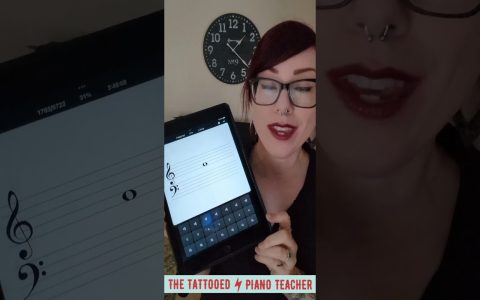The Essence of Tenuto
Tenuto, derived from the Italian verb 'tenere' (to hold, to sustain), is a crucial articulation marking in musical notation. It instructs the performer to hold a note for its full written value, or sometimes slightly longer, often imbuing the note with a sense of weight or gentle emphasis and ensuring a connection to subsequent notes unless otherwise indicated.
Notation and Visual Representation
In musical scores, the tenuto is most commonly indicated by a short horizontal line placed directly above or below the notehead to which it applies. For instance:

- A quarter note with a horizontal line above it signifies that the note should be played with tenuto.
- If the note stem points upwards, the tenuto mark is placed below the notehead.
This marking is distinct from other articulations such as a staccato dot (which shortens the note) or an accent mark (which indicates a more forceful attack).
Performance Nuances
The precise interpretation of a tenuto can be context-dependent, but generally involves one or a combination of the following aspects:
- Full Duration: The primary instruction is to ensure the note receives its complete rhythmic value, without being cut short. This can contribute to a legato feel if not contradicted by other markings.
- Mild Emphasis or Stress: A tenuto can imply a slight, gentle lean or stress on the note, giving it more melodic importance or expressive weight than an unmarked note, but typically less force than a standard accent.
- Subtle Separation: In some contexts, particularly when contrasted with surrounding legato notes, a tenuto might suggest a very slight separation or articulation of the note, emphasizing its individuality without making it staccato.
- Connection: Conversely, it often ensures a smooth, sustained connection to the following note, emphasizing the full value before transitioning.
Contextual Interpretation is Key
The exact execution of a tenuto marking is influenced by several factors, making it a nuanced directive:

- Musical Period: Interpretations may vary between Baroque, Classical, Romantic, and contemporary music. For example, a Romantic era tenuto might imply more expressive lingering.
- Composer's Idiom: Individual composers may have had specific intentions for their use of tenuto markings.
- Tempo and Dynamics: A tenuto in a slow, soft (piano) passage will likely be realized differently than one in a fast, loud (forte) section.
- Interaction with Other Markings: When combined with other articulations, such as a staccato dot (resulting in portato or mezzo-staccato) or an accent, the tenuto modifies or is modified by these additional instructions.
Mastering the application of tenuto adds a significant layer of expressive depth and stylistic accuracy to musical performance, allowing musicians to convey subtle intentions within the written score.







